It’s just the latest effort by Detroit-based Basco to repurpose the city’s large and abandoned stock of heritage buildings into a contemporary multiuse space that will help reinvigorate an abandoned neighborhood.
The company, which has now amassed a portfolio of some dozen repurposed projects in Detroit’s central business district, has begun work on what will be a critical infill in the city’s rebranded Paradise Valley Cultural and Entertainment District.
Known as The Reckmeyer and taking its name from one of three historic but abandoned contiguous buildings along Broadway Avenue, Basco is gutting them and keeping the early 20th century facades, turning the ground floors into restaurants. It’s also adding a new nine-storey, 71,000-square-foot residential complex behind, with 80 units, 20 per cent earmarked as affordable rentals.
The project is priced at $38 million. Detroit-based Kraemer Design Group is the architect and Roncelli the construction manager.
Paradise Valley was a onetime African American entertainment district on Detroit’s near east side. But it was demolished in the 1950s to make way for the I-375 auxiliary expressway which connects I-75 to downtown Detroit and provides access to Canada through the Detroit – Windsor tunnel. I-375 itself will soon be demolished and returned into an urban boulevard conducive to traffic and people.
The rebranded district has the incipient makings of a full-fledged entertainment area anchored by the Detroit Opera House, Comerica Park and the Belt, a reimagined pedestrian alley featuring dozens of art works and food stalls.
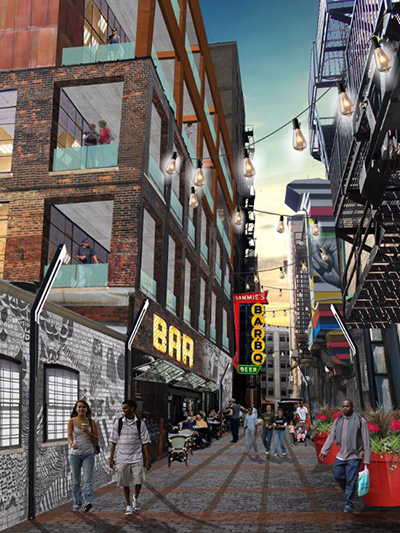
The Reckmeyer itself will add to a growing network of creative alleys in the central core with its own “activated” alley behind the buildings “as a secondary walkable artery with storefronts, cafes and art,” explains a release. Work should be completed by early 2026 though the commercial properties before then.
Basco founder and CEO Roger Basmajian, from the beginning, set his sights on constructing walkable neighborhoods through adaptive reuse, first in some of Detroit’s early ring suburbs and now downtown.
That marks a break from Detroit’s urban post war history which saw the growth of sprawling suburbs with few walkable nodes, replacing what had been a vibrant central downtown, since the 1960s largely abandoned but now undergoing renewal.
The company is one of a few at the forefront of that resurgence.
The Reckmeyer will be the second building on the Paradis Valley block that Basco has redeveloped, the first being the historic eight-storey 1300 Broadway, only a couple of addresses away, where the facade of the red brick and terra-cotta Beaux-Arts office building was restored.
It also redeveloped the old German Harmonie Club, a one-time bar but more recently multimedia and entertainment space. It is now focused as a food and event destination.
Basmajian said he is one of about three companies doing this work in the city.
“It’s not a lot of them” he said. “Because it’s so much easier to just tear everything down to a greenfield and just do a new build without having to deal with all these restrictions.”
After starting the company in 2001 Basco developed a team with the expertise to undertake repurposing heritage structures.
“Obviously we made a lot of mistakes that we learned from early on,” he said. “But we’re in a pretty good place now that we know what we’re doing.”
But it’s more than just repurposed buildings.
“I truly believe that having the character and its architecture and its history makes for a much more exciting place than just wrecking everything and building these glass towers,” Basmajian said.
The activated alley behind should “create a lot of other synergy in the neighborhood for other developers to jump on,” he said.
Meanwhile, in the heritage buildings, the two floors above ground level with wider floorplans will allow some larger units for community rooms and a gym and setbacks with terraces.
“It’s worked out really well,” the developer said.


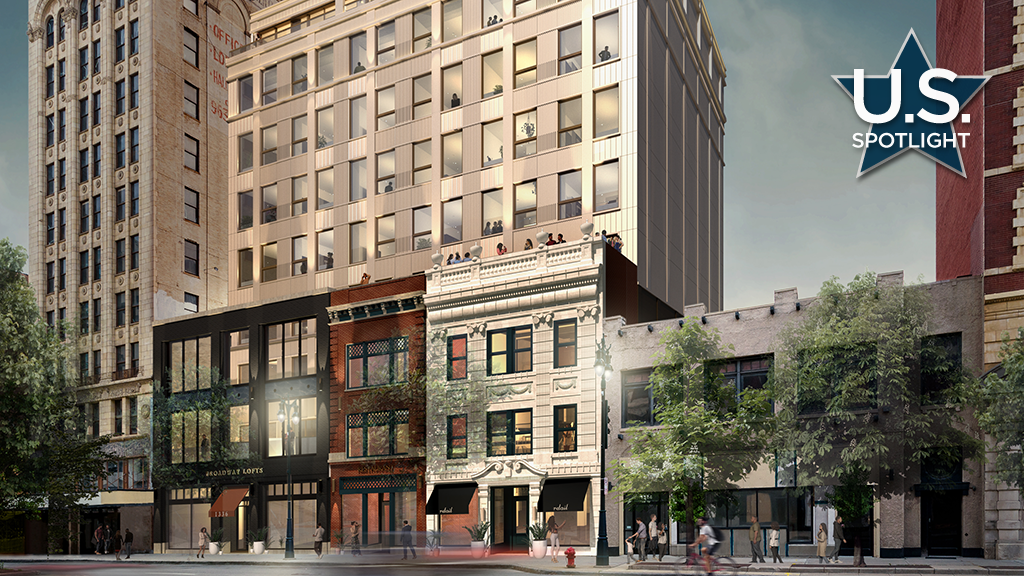
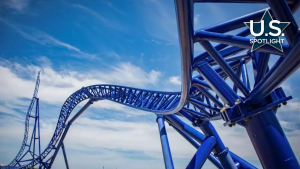


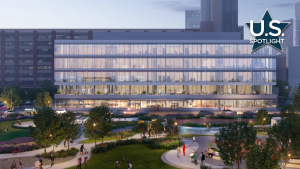
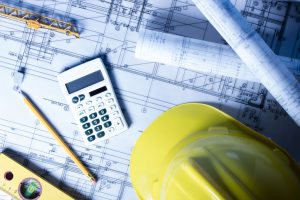


Recent Comments
comments for this post are closed